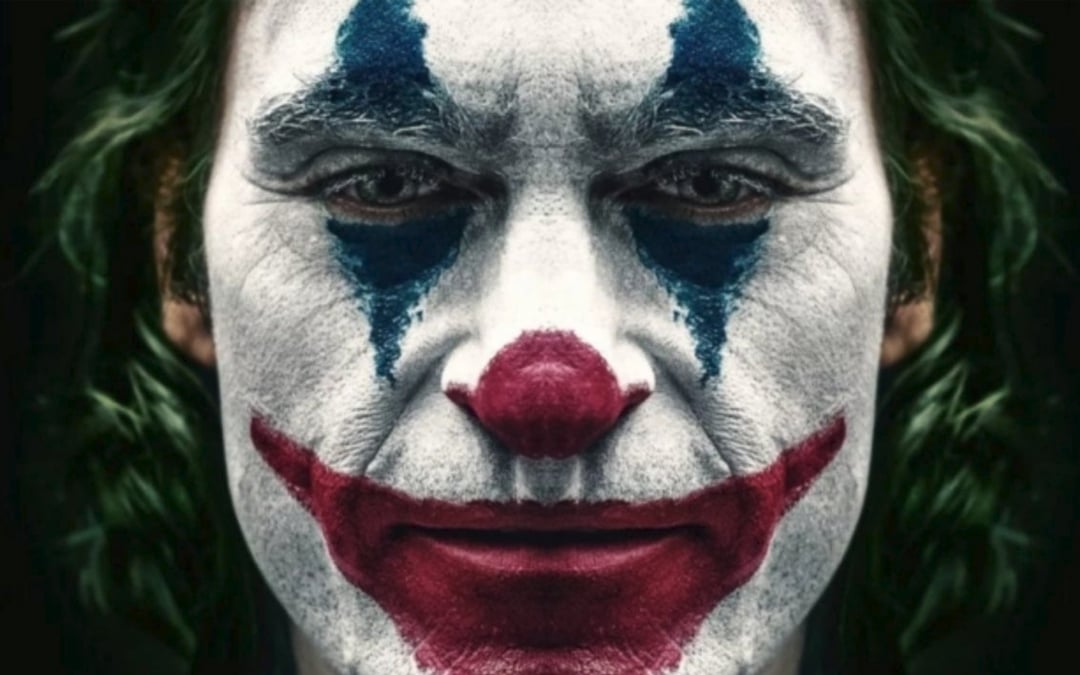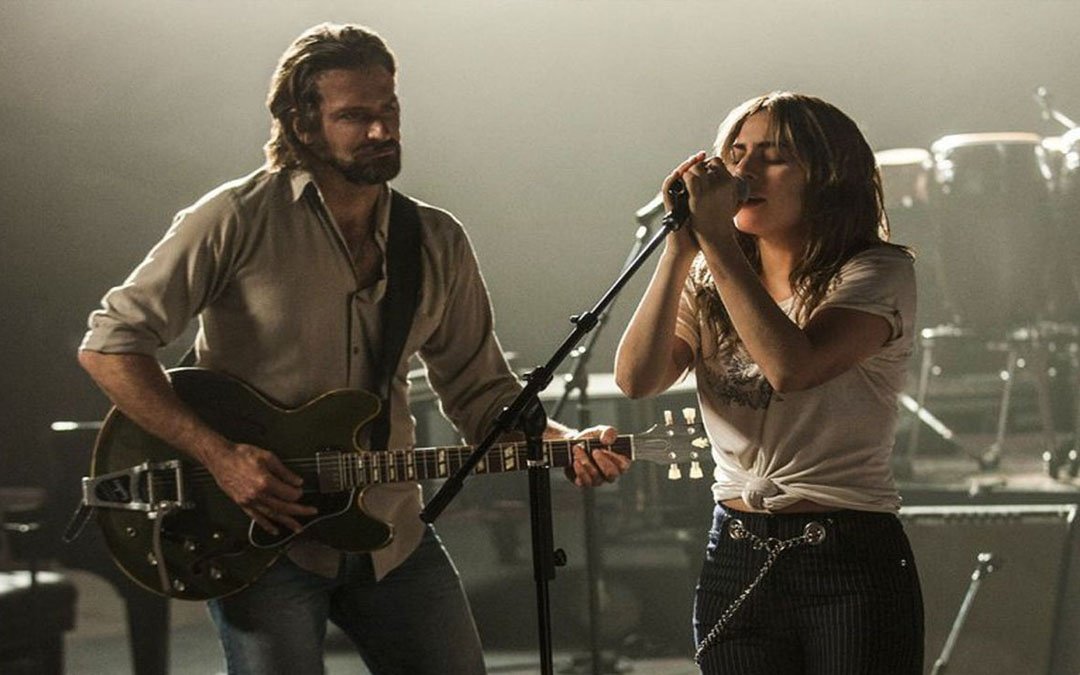All The Write Moves: 'Rocketman'
June 10, 2019
A recurring theme in media coverage surrounding Rocketman, the Elton John biopic, is the length of time it took the picture to get made. John and his husband, David Furnish, both of whom have producing credits on the film, began development work in the early 2000s, yet things didn’t coalesce until 2017. It’s reasonable to cite John’s touring obligations as well as Hollywood’s reticence to overtly depict John’s sexuality as reasons for the slow process, but another factor is worth mentioning. Not every celebrity’s life story is worth telling.
Despite his staggering success record that began in the 1970s, John’s odyssey has a shape we’ve seen many times before. He was a child musical prodigy whose parents lacked warmth. In his twenties, he met an ideal songwriting partner with whom he scored early hits that laid the foundation for a legendary canon. Success brought with it the usual ennui. This was exacerbated by the pressure John felt to hide his sexuality from the public, so he self-medicated with booze, drugs and men until he hit bottom. Then, he sought help and rebounded for decades of sobriety and continued success.
What makes John’s story distinctive is the presence of those beloved songs, and to a lesser degree, the campy spectacle of his stage costumes. Nonetheless, had anyone but John himself shepherded Rocketman, the film could have been painfully trite. This reveals the first of many lessons that Rocketman can teach screenwriters. Although not every celebrity’s life story is worth telling, nearly any truly personal story is worth telling. Because John ensured that Rocketman is full of specific moments from his past, contextualized by his recollections of what it felt like to experience those moments, Rocketman isn’t just a Wikipedia entry. It’s a memoir set to music.
Someone Saved My Life Tonight
A memoir lacking outside perspective, however, runs the risk of becoming formless and self-indulgent. Enter playwright/screenwriter Lee Hall, whose involvement with Rocketman dates back to at least 2012. Hall applied a simple, but highly effective narrative structure to Rocketman covering John’s life from childhood to 1983. That’s when he scored a major comeback hit with “I’m Still Standing” after a string of drug-addled albums and tours sent his career into what seemed like a permanent downward slide.
In the opening scenes of Rocketman, John (played by Taron Egerton) struts into an Alcoholics Anonymous meeting wearing a flamboyant devil costume. This “present-day” scene provides the throughline for most of the picture, because each time John shares an insight or a memory in the AA meeting, Hall cuts to a corresponding suite of flashback scenes. More importantly, each time Hall returns to the AA meeting, John has removed one more piece of his devil costume, essentially stripping away his stage persona to reveal the emotionally damaged addict behind the showman.
This narrative maneuver is the most effective device in all of Rocketman, even overshadowing all of the flashy special effects and musical numbers. By establishing that Rocketman is about John breaking a self-destructive pattern, the framing device provides emotional context for everything that follows. Some scenes depict harm being done to John, while others depict John inflicting harm on himself. Yet the script never identifies any one individual as John’s savior, emphasizing the recovery-community ideal that addicts rescue themselves.
Hall underscores this notion with a climactic scene of John embracing his inner child—literally—at the climax of his AA therapy session. John had something to say with Rocketman, and Hall ensures that the message is conveyed clearly.
Takeaway: Framing devices help shape stories that span decades.
The Circle of Life
The aforementioned moment of John embracing his inner child connects to an earlier scene in John’s childhood home. Young John (Kit Connor); his mother, Sheila (Bryce Dallas Howard); his father, Stanley (Steven Mackintosh); and his grandmother, Ivy (Gemma Jones), all harbor secret dreams. These dreams are expressed in a musical sequence set to John’s song “I Want Love,” and features each character taking a verse to express his or her desire for something that is absent from the emotionally stifling household.
While it is important to reiterate that the journey John begins in the “I Want Love” scene resolves in the therapy scene, something else is worth noting. One of the staples of traditional Broadway musicals is the “I Want” song, a number placed early in a show to let the protagonist express his or her personal goals—romance, stardom, wealth, etc. Although screenplays don’t employ this exact convention, the notion of an “I Want” moment is crucial to a properly structured first act. If viewers enter the second act without a clear sense of the protagonist’s goals, the rest of the movie is likely to feel directionless.
The trick to making an “I Want” moment work is ensuring that it sets up a satisfying payoff. This does not always mean that the protagonist must achieve his or her goal. Very often, lessons learned along the way can become more important than the original objective. In the case of Rocketman, John spends most of his early career hoping for approval and warmth from his parents, and projects that desperate need onto friends, lovers and the women with whom he has pointless romantic relationships.
As illustrated by the inner child moment, John must learn to love himself before becoming capable of receiving love from others. There’s a reason the sole new song in Rocketman is called “(I’m Gonna) Love Me Again,” and there’s a reason why it’s performed by John and Egerton, the star of Rocketman. For John, reconciling the person he is with the person he was, led to healing.
Takeaway: Establish your protagonist’s deepest desire in Act One.
Love Lies Bleeding
Rocketman portrays John’s parents harshly, but the movie’s primary villain is John Reid (Richard Madden). In real life, Reid was John’s manager and, for several years, the singer’s lover. Hall’s screenplay uses the souring of the relationship between these men as a tool for tracking John’s maturation. While a naïve youth, John succumbs to Reid’s smooth charm. Upon becoming a superstar, John discards his previous mentors to give Reid control over business affairs. And when John’s excesses drive Reid away, John becomes embittered at what he perceives as abandonment and betrayal.
Putting all of this across requires sleight of hand on Hall’s part, because in reality, John retained Reid as his manager until 1998, 15 years after the last events depicted onscreen in Rocketman. Staying connected to someone toxic doesn’t exactly jibe with the evolved version of the John who sings “I’m Still Standing” after achieving sobriety. In any event, the arc of the Reid subplot helps reinforce the movie’s big themes, because the subplot is about misplaced loyalty.
Few narrative tropes are as durable as that of the friend who becomes an enemy. In Rocketman, John latches onto Reid because Reid seems to fulfill every need that John expressed during the “I Want Love” scene. The implosion of this relationship wounds John, even though John’s bad behavior is partly to blame. Worse, once Reid makes it clear that John has become nothing more to him than a source of income, John’s negative self-image is reinforced.
And that’s why friends who become enemies are such valuable characters—malice rooted in intimacy hurts. Moreover, any resolution of this type of betrayal is going to be messy, and it’s going to leave scars.
Takeaway: Soured friendships make for revelatory drama.
Written by: Peter Hanson
Peter Hanson is a Los Angeles-based writer, filmmaker and teacher. He directed the screenwriting documentary Tales from the Script, and he teaches at Pepperdine University and UCLA Extension. He provides script consulting at www.GrandRiverFilms.com.- Topics:
- Discussing TV & Film




